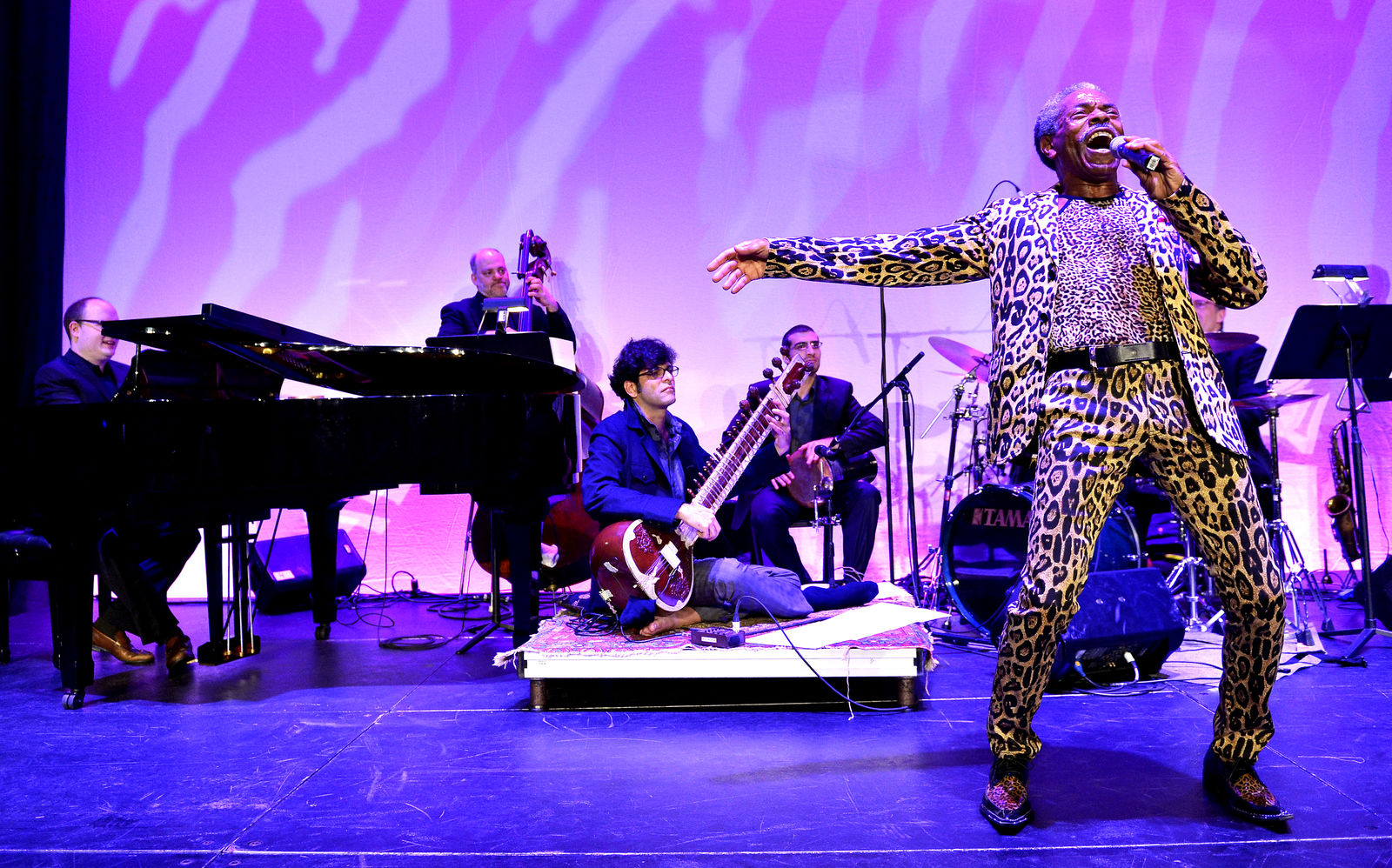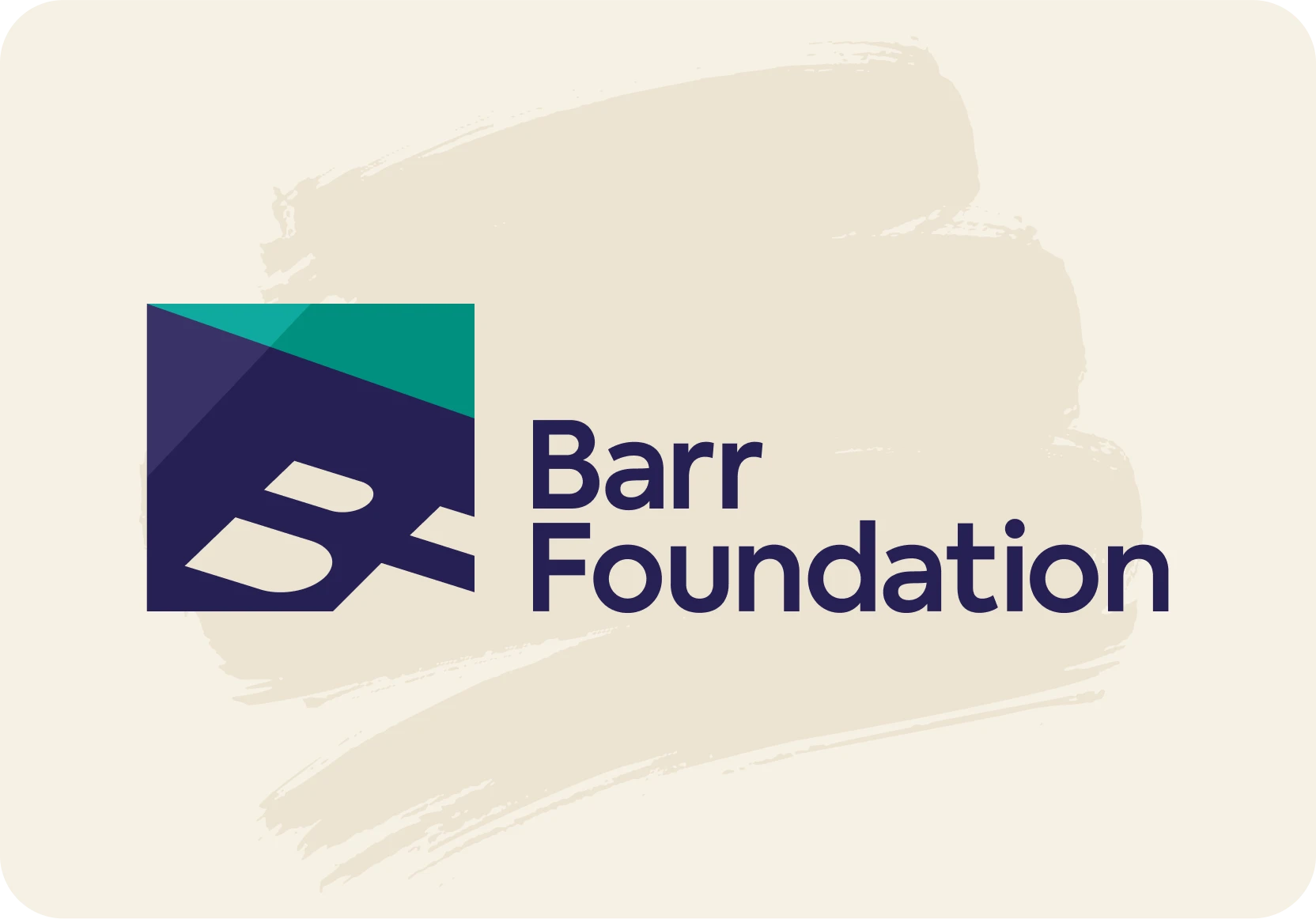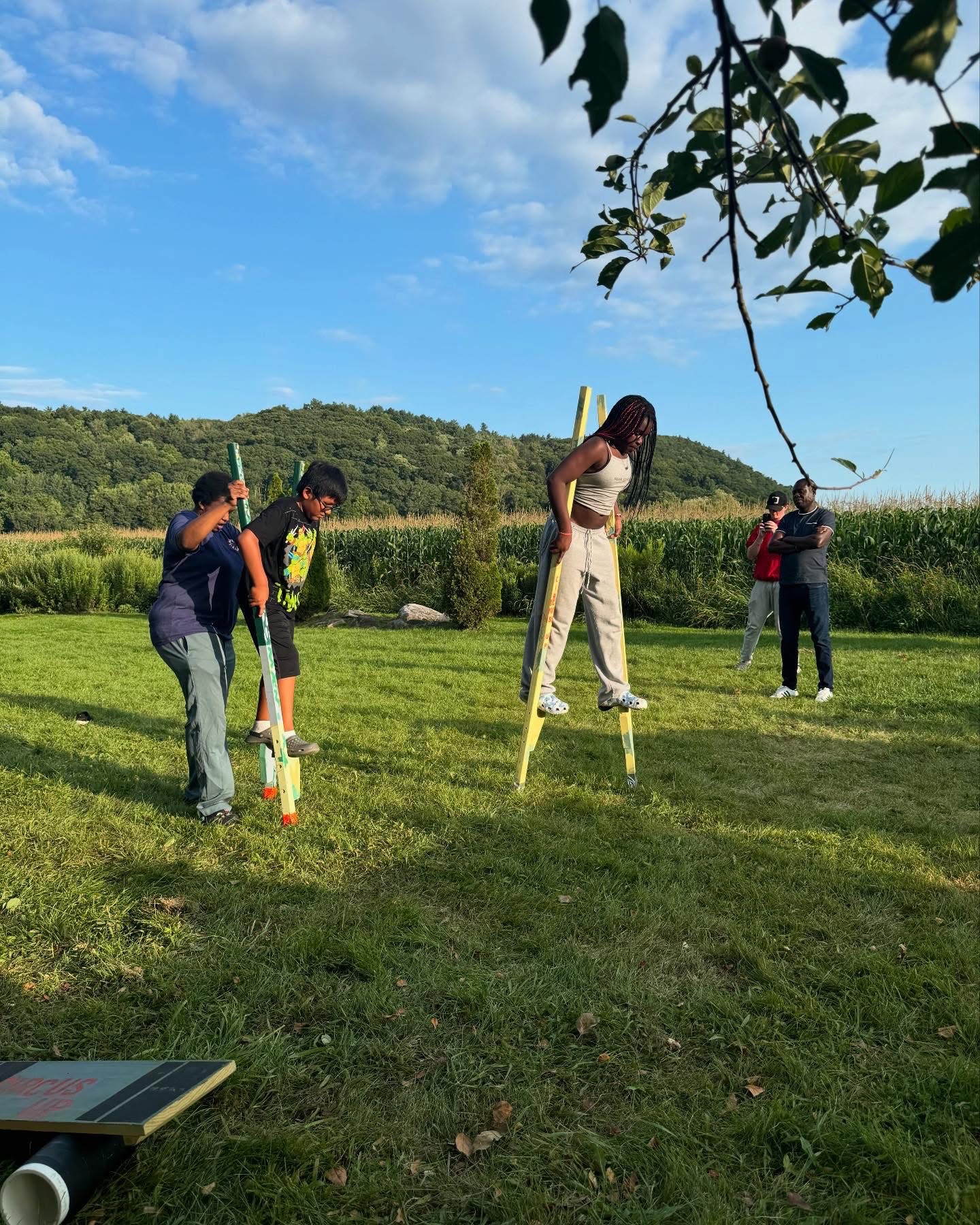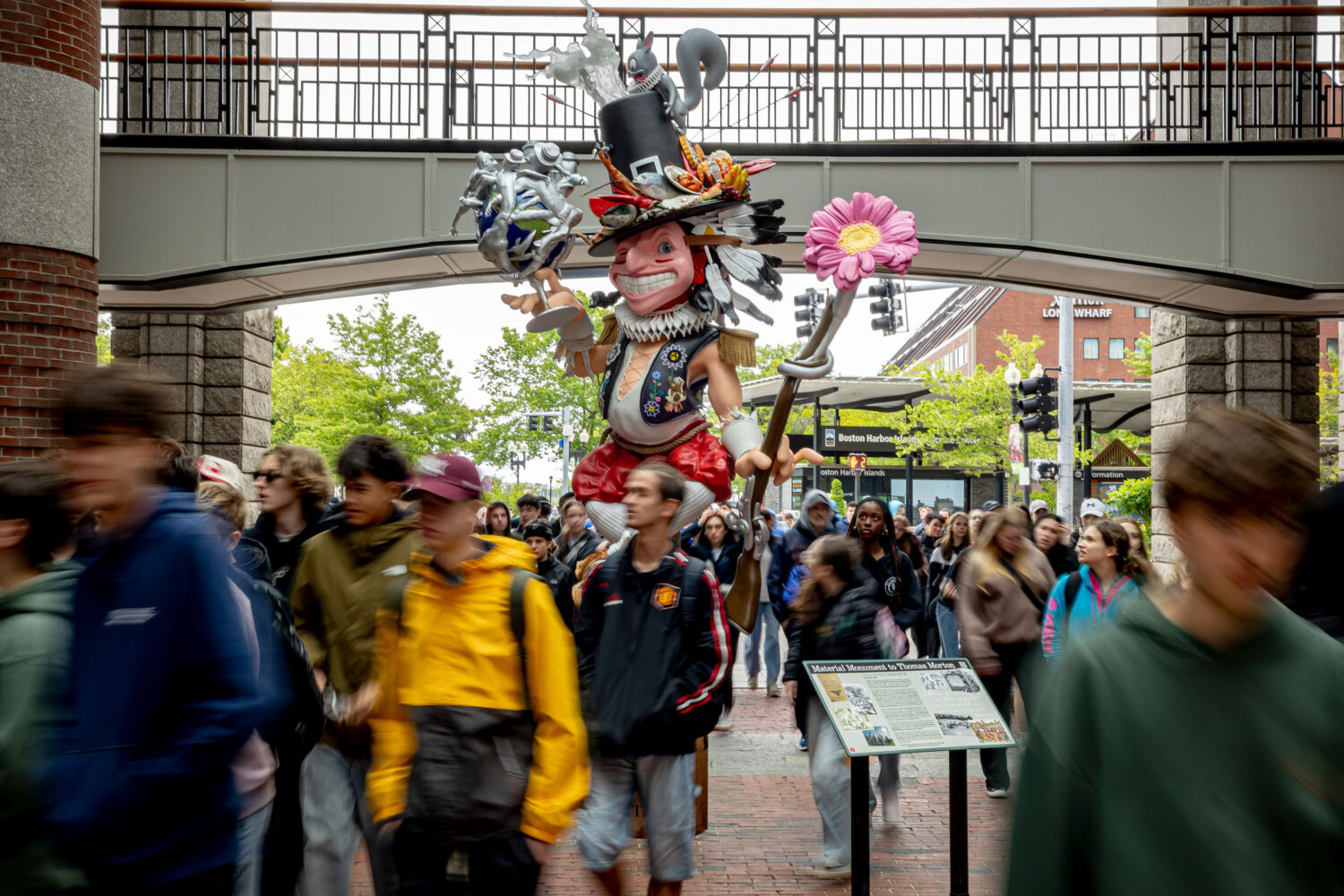This was a shared image that reflected their deep connection with the open pastoral landscapes they left behind in England. In 1634 only four years after they formed Boston’s charter the colonists set aside a parcel of land in the midst of their homes that would embody this ideal. They chose to tax themselves to pay for and maintain this land which became known as The Boston Common. Many came to see the site as “sacred” and an essential part of the community landscape. For this reason people have defended this civic space for nearly four centuries.
The colonists’ legacy of land stewardship lives on in Boston and in a host of conservation organizations across the country. Along with this legacy of passionate commitment to environmental stewardship however modern Boston has inherited a deeply held and often exclusive notion of what public open space should look like and how it should be used. In Boston the pastoral ideal was reinvented over time culminating in the creation of the city’s landmark Emerald Necklace Parks at the end of the nineteenth century. Yet even for the largely European populace at that time Frederick Law Olmsted’s bucolic vision for Boston’s “green space” appealed deeply to only a portion of the city’s people.
More than a century later this tension remains and has been further complicated by continued immigration not only from the “old countries” of Europe but also from New World countries in Latin America and the Caribbean as well as from Asia and Africa. The lack of engagement of more recent immigrants in “friends of the park” organizations and other environmental groups of today has led to concerns that while Olmsted’s vision continues to resonate with a great many Bostonians it may not resonate with the majority of those who will decide Boston’s future.
Today almost 30% of Boston residents were born outside the United States and of these nearly half came from Latin America a quarter from Asia and almost 10% from Africa. The future of the city’s open space system – how much land is set aside and how that land is designed maintained and used – will increasingly depend on the passion and commitment of families and communities who may not see themselves or their interests reflected in the city’s public lands. In this paper we consider some of the ways in which recent immigrants to Boston connect (and do not connect) to public parks and open spaces.
Our goal is two-fold: to explore alternative ways of “seeing” and using parks and open spaces in different communities in the city as well as to highlight specific strategies both here and across the country that successfully engage urban residents born outside the United States. If Boston’s civic spaces are to be celebrated in the future as they have been in the past they must come to reflect the new diversity of Boston’s people. Our hope is that these stories and models will encourage more culturally resonant uses of parks and other public open spaces and equip policy makers and environmental organizations to partner more fully with newcomer communities – in Boston and beyond.




